How To Get Rid Of Snake Plants
The (usually) popular snake plant, also known as mother-in-law tongue can become invasive. Learn how to cope when this distinctive plant outgrows its boundaries.
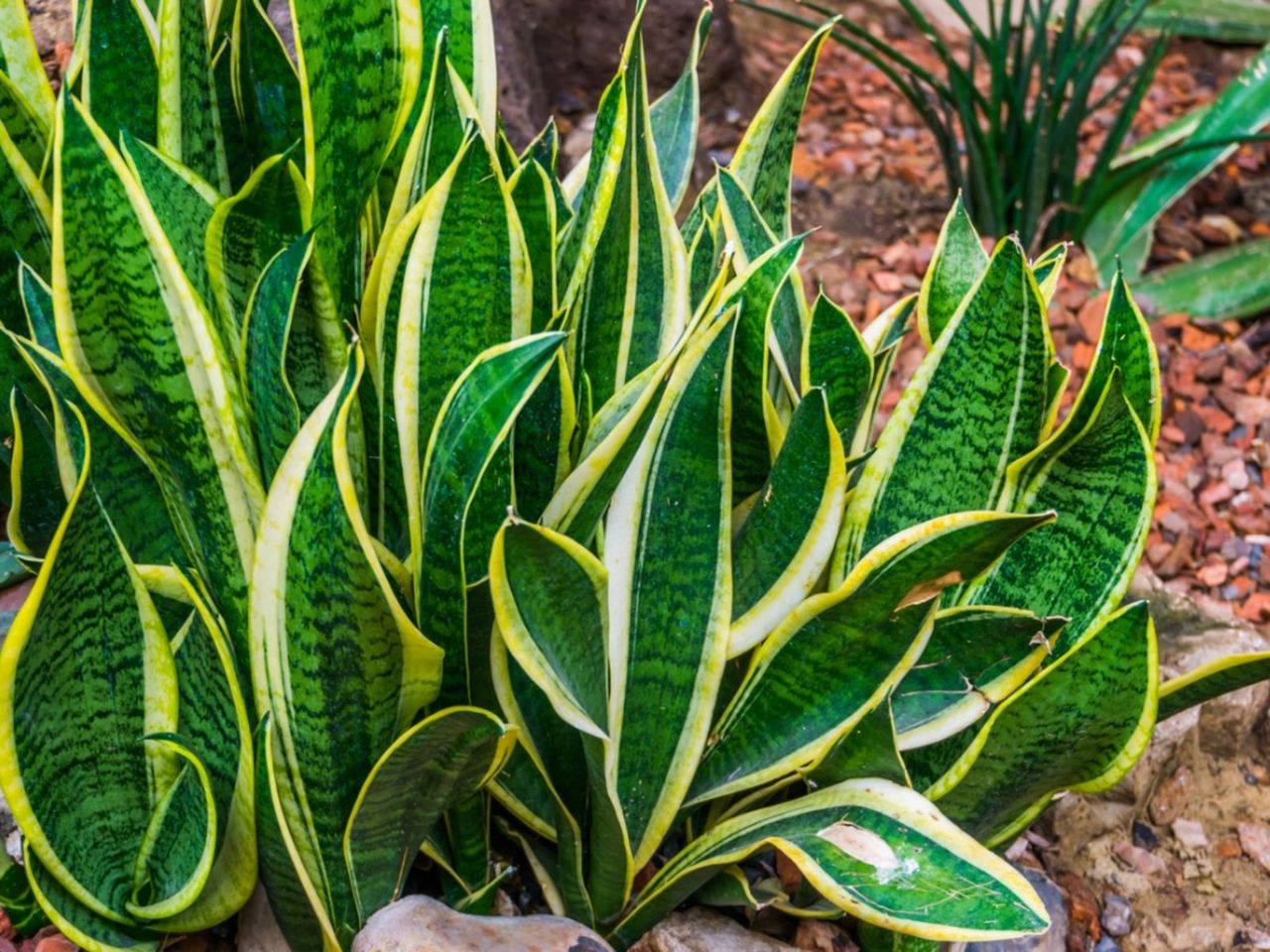
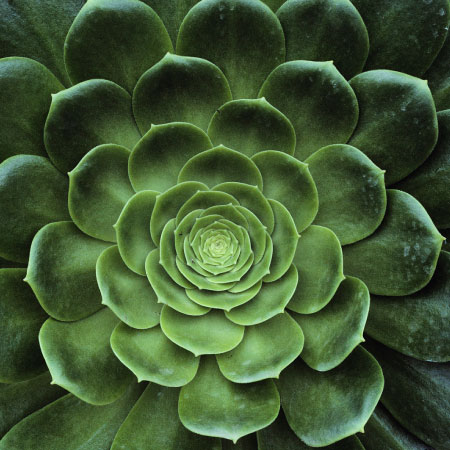
What to Do When Mother-in-Law Plants Become Invasive
Beauty is definitely in the eye of the beholder, and the (usually) popular snake plant, (Sansevieria), also known as mother-in-law tongue, is a perfect example. Read on and learn how to cope when this distinctive plant outgrows its boundaries.
Sansevieria (Mother-in-Law Tongue) – Weeds or Wonders?
Is mother-in-law tongue plant invasive? The answer is it depends on the variety. There are many different types of Sansevieria and most, including the popular Sansevieria trifasciata, are perfectly well behaved and make hardy, attractive indoor plants.
However, University of Florida IFAS Extension reports that Sansevieria hyacinthoides has escaped cultivation and has become a nuisance in south Florida – primarily coastal areas in USDA zone 10 and above.
The plant is native to tropical Africa and was introduced to the United States as an ornamental. It has been a problem since the early 1950s for its proclivity to choke out native species. Many experts consider the plant to be among the worst invaders of natural ecosystems.
How to Get Rid of Snake Plants
Unfortunately, control of mother-in-law tongue plant is extremely difficult. As of yet, no products have been approved for use against this harmful plant in the United States. Experiments with products containing toxic chemicals have proven to be largely ineffective.
The most effective way to remove small stands is by hand pulling or digging. Remove weeds when they are young and the rhizomes aren’t deep – always before the plant has time to bloom and go to seed. Weeding is easier if the ground is slightly moist. Be sure to remove entire plants and rhizomes, as even small plant pieces left in the ground can take root and grow new plants. Dress appropriately and watch for snakes and spiders, which are commonly found in snake plant thickets.
Persistence definitely pays off when it comes to control of mother-in-law tongue plant. Keep a careful watch on the area and pull plants as soon as they emerge. Despite your best efforts, total control may take two or three years. Large stands may require mechanical removal.
Gardening tips, videos, info and more delivered right to your inbox!
Sign up for the Gardening Know How newsletter today and receive a free copy of our e-book "How to Grow Delicious Tomatoes".

A Credentialed Garden Writer, Mary H. Dyer was with Gardening Know How in the very beginning, publishing articles as early as 2007.
-
 Best Tomatoes For Containers: 10 Tastiest Varieties For Plentiful Produce In Compact Areas
Best Tomatoes For Containers: 10 Tastiest Varieties For Plentiful Produce In Compact AreasThese are the best tomatoes for containers that prove you don't need to have a large space or elaborate garden to grow delicious produce.
By Bonnie L. Grant
-
 Ultimate Potted Flowers For Spring: 8 Brilliant Blooming Options for Spring Containers
Ultimate Potted Flowers For Spring: 8 Brilliant Blooming Options for Spring ContainersCelebrate the most uplifting of seasons with the most dazzling container flowers imaginable. Here, we present some of the loveliest potted flowers for spring…
By Tonya Barnett
-
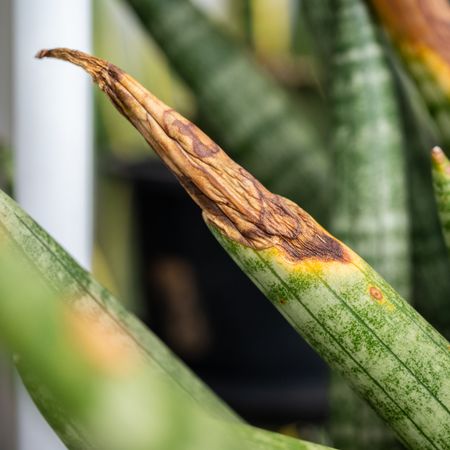 Help, My Snake Plant Is Mushy! Advice For Root Rot In Snake Plants
Help, My Snake Plant Is Mushy! Advice For Root Rot In Snake PlantsSnake plants are hardy houseplants, but they can be susceptible to root rot. Learn how to prevent and treat this common snake plant problem.
By Amy Grant
-
 Are Snake Plants Toxic To Dogs? Keep Your Pup Safe Around These Popular Houseplants
Are Snake Plants Toxic To Dogs? Keep Your Pup Safe Around These Popular HouseplantsSnake plants are incredibly popular houseplants because of their hardy nature, but are they dangerous to human's best friend? Learn how to keep your pup safe.
By Amy Grant
-
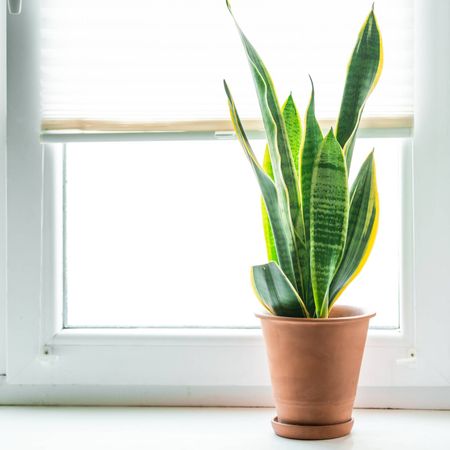 Snake Plant Getting Enough Light? Understanding Light Requirements And How To Adjust
Snake Plant Getting Enough Light? Understanding Light Requirements And How To AdjustSnake plant light requirements aren’t as stringent as for some houseplants, but the right lighting is important for their growth and well-being.
By Tonya Barnett
-
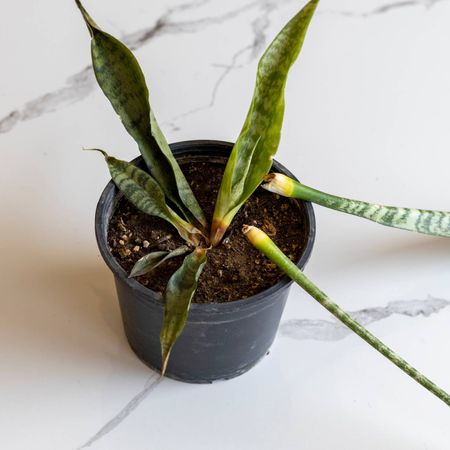 Telltale Signs Of An Overwatered Snake Plant – And How To Fix This Fatal Mistake
Telltale Signs Of An Overwatered Snake Plant – And How To Fix This Fatal MistakeBy Bonnie L. Grant
-
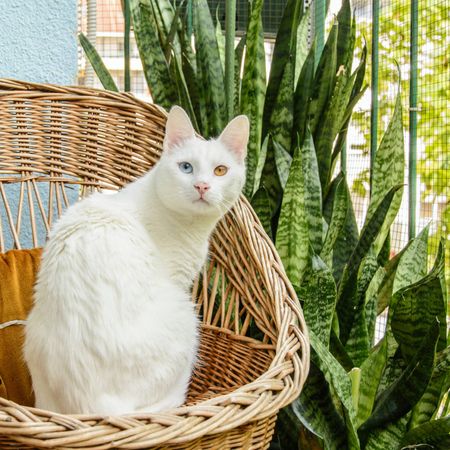 Are Snake Plants Toxic To Cats? Here’s How To Protect Your Felines And Avoid Trouble
Are Snake Plants Toxic To Cats? Here’s How To Protect Your Felines And Avoid TroubleAre snake plants toxic to cats? A good rule of thumb is to simply keep the plant where kitty can’t get to it.
By Mary Ellen Ellis
-
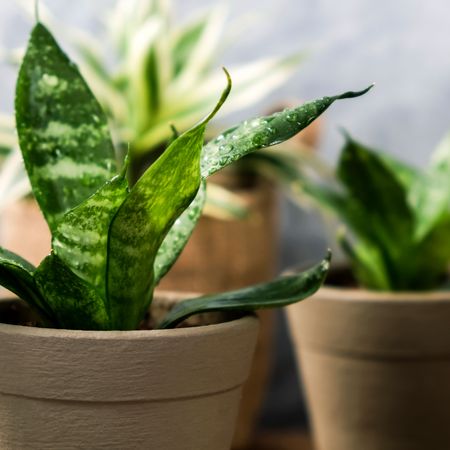 Mini Snakes: Try These 6 Small Snake Plant Varieties For A Cute And Compact Indoor Plant
Mini Snakes: Try These 6 Small Snake Plant Varieties For A Cute And Compact Indoor PlantYou love the drama and structure of a snake – but what if you don’t have much indoor space? These small snake plant varieties are ideal for mini pot perfection
By Teo Spengler
-
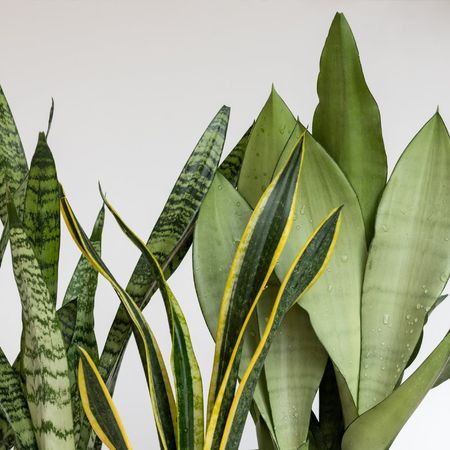 10 Snake Plant Varieties To Elevate Your Indoor Plant Collection
10 Snake Plant Varieties To Elevate Your Indoor Plant CollectionDon’t let the name fool you - snake plants are friendly, beautiful, and easy to grow. Here are 10 of my favorites you may not have heard of.
By Bonnie L. Grant
-
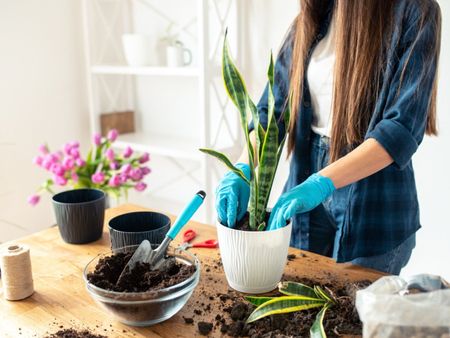 Tips For Transplanting A Snake Plant
Tips For Transplanting A Snake PlantSnake plants require very little care, which can make it difficult to judge if repotting one would be beneficial. Read on for tips.
By Laura Miller